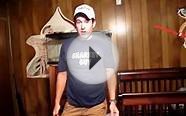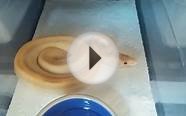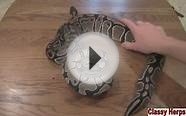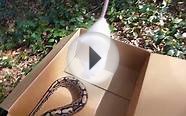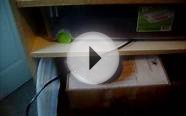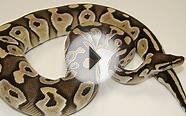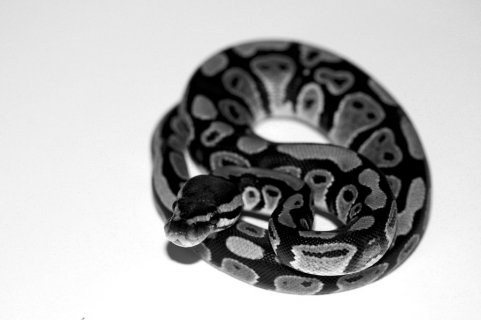
Ball Python feeding tips
Most ball pythons in the pet trade are imported from Africa. In Africa, they do not eat mice; they eat gerbils and other small mammals that smell nothing like the mice and rats we buy to feed carnivorous reptiles. They simply do not recognize mice as being food. They are crated up and shipped off around the world, the hatchlings sent off before they've even had a meal. They get dumped into pet stores who know little about them and will cheerfully sell them saying "Hey, it's a great eater!" when in fact the animal has never eaten. Of late there also seems to be a disturbing tendency for some reptile breeders to buy imported balls and pass them off as captive bred...either that or they are doing a lousy job quarantining new stock as I've been seeing a number of "captive bred" balls who are loaded with ticks.
Compound this with the fact that the animals are stressed and heavily parasitized and dehydrated, and you have an animal that may well die unless it gets into the hands of someone who knows what is going on.
Force Feed
Never force-feed a dehydrated animal. If the skin is bunchy and wrinkly, soak the snake in water a couple of times a day, and leave a humidity box (plastic container 3/4 filled with damp sphagnum moss, with an access hole cut in lid or side) in the tank for it to use. Check with your vet on the degree of dehydration; fluids may need to be administered by injection or by mouth.
When the snake is ready to be force fed, mix and dilute with Pedialyte (or other electrolyte solution) or 50:50 sport's drink/water Hill's a/d for dogs and cats. Put into a syringe with a steel feeding tube and gavage, ideally 2% of body weight q 24-48 hours.
If you try to force feed whole prey, you will stress the animal out and it will burn more calories fighting the feeding than it could possibly hope to net, so the gavaged slurry is preferred.
Trick into Self-feeding
A healthy ball may be tricked into eating in a couple of different ways:
Provide a dark hidebox for it - an inverted flower pot with a hole in it, a cardboard box, half log, hollow log section, ceramic cave - whatever works. It is okay if the snake's body touches all the sides when it is inside - they feel more secure this way. Dangle killed prey (use forceps) in front of it.
Feed at night, not during the day. These are nocturnal snakes and may be uncomfortable feeding during the day.
If it takes the prey but won't eat, or won't take it, drop the mouse inside, and swathe the enclosure with towels to block the snake from seeing anybody or anything and leave it alone for 24 hours.
If gerbils are legal in your state, try feeding stunned, then killed gerbils. If it takes them, start rubbing killed mice on gerbils to scent them, and offer the mice (a killed gerbil can be used repeatedly if kept frozen and defrosted when needed for scenting). Try hamsters if you can't get gerbils.
Try multicolored or colored mice. There are no albino mice in the wild - at least, not enough for any animal to imprint on them. The prey wild balls eat are various shades of brown, so select brown or multicolored mice...
Traffic statsYou might also like
